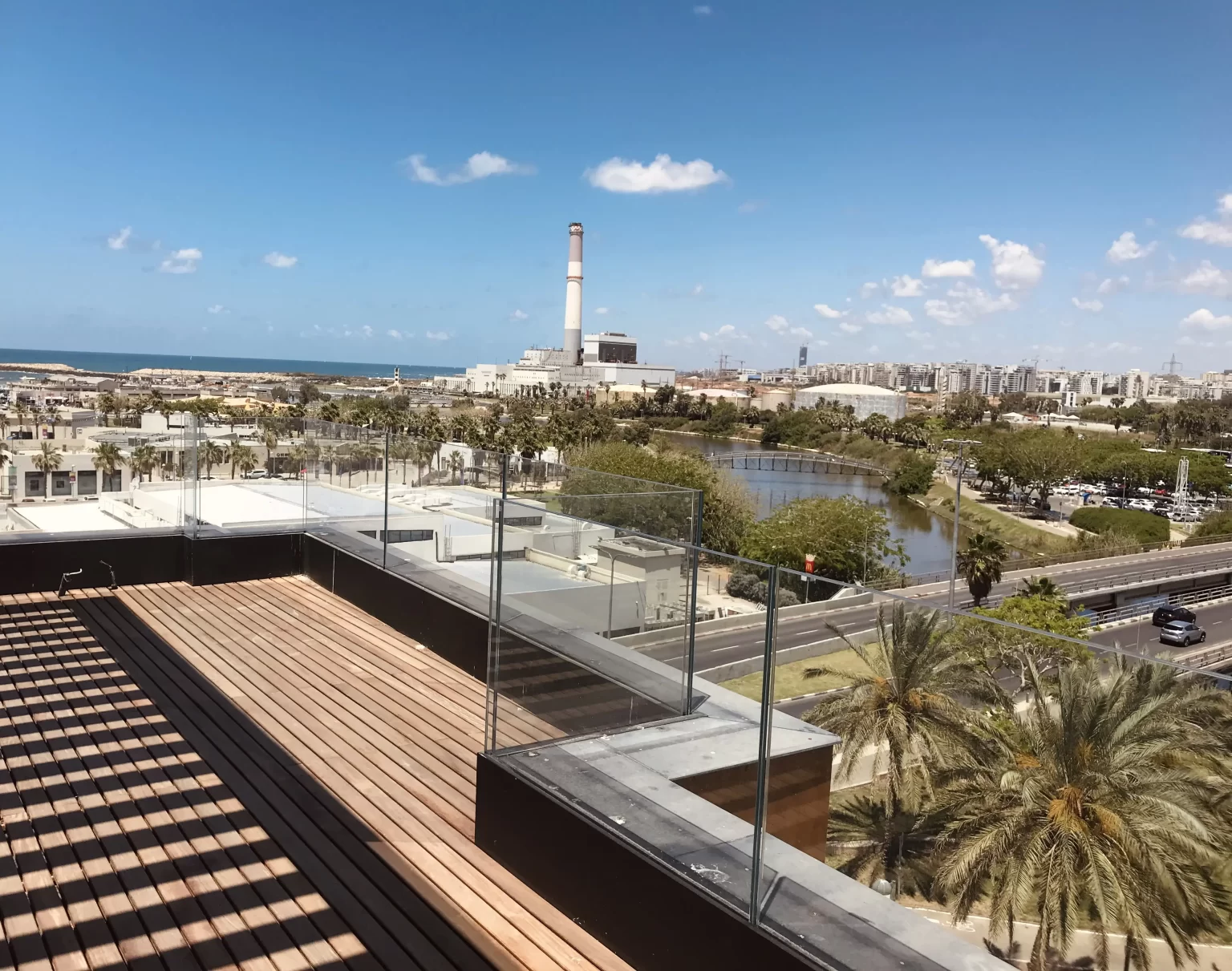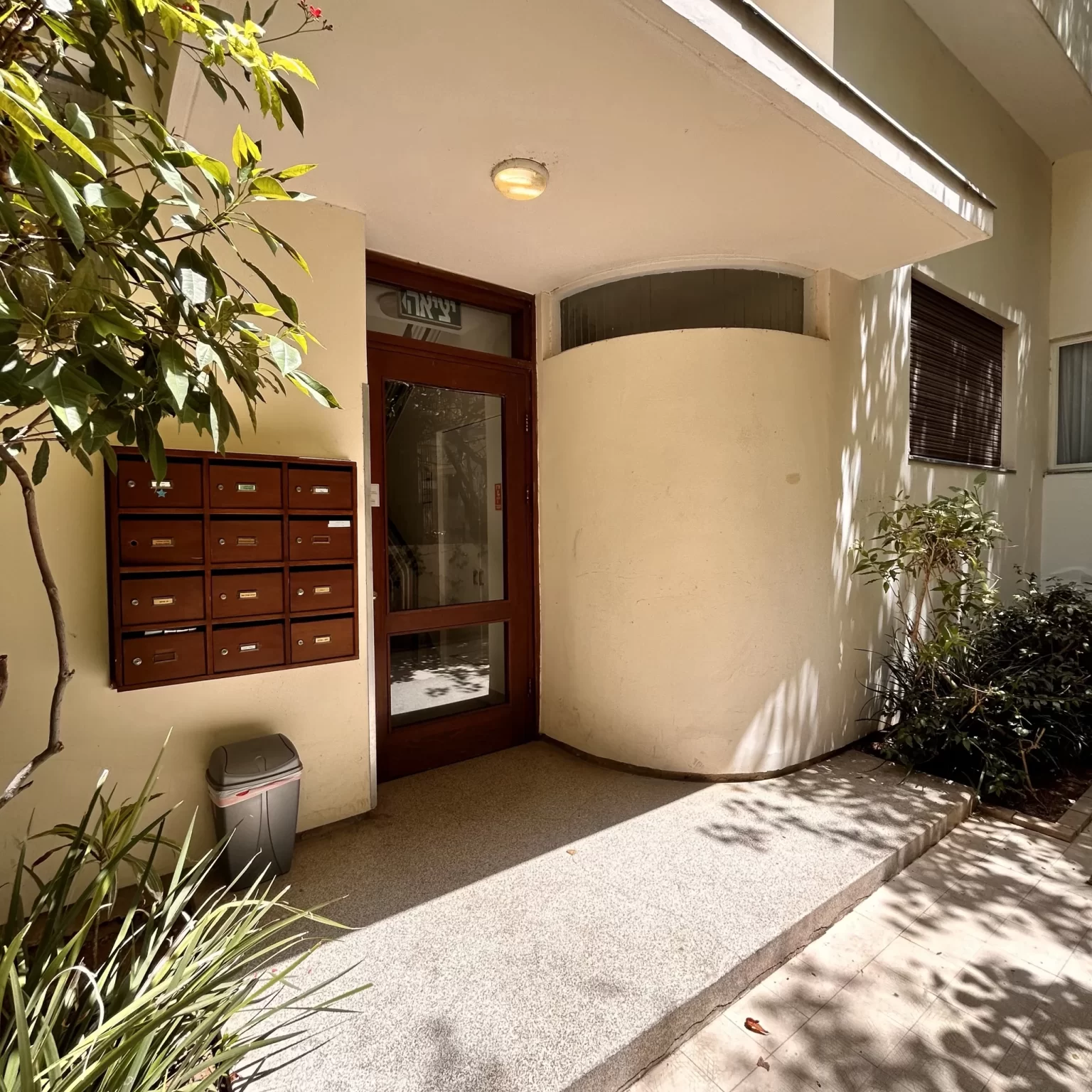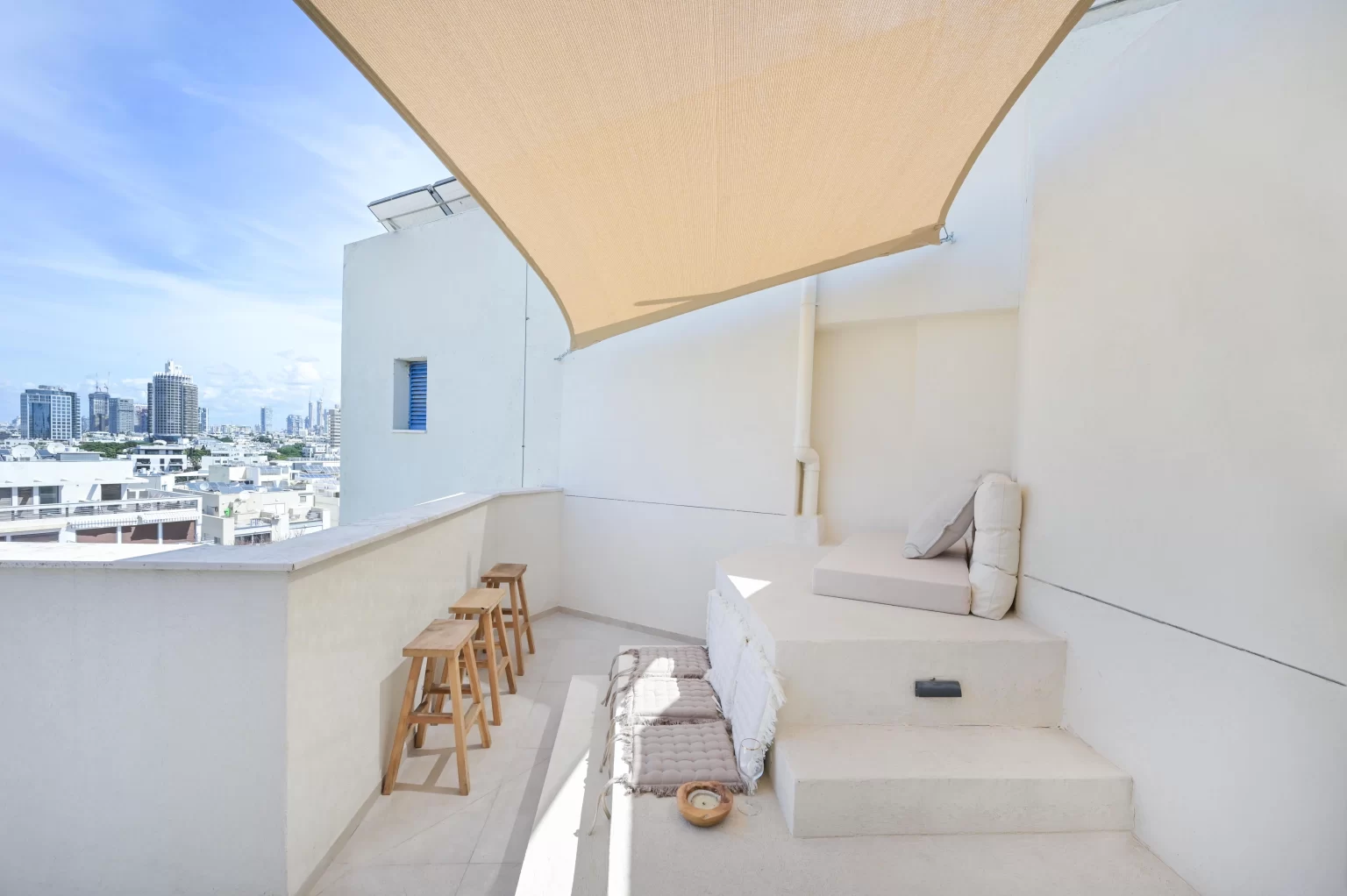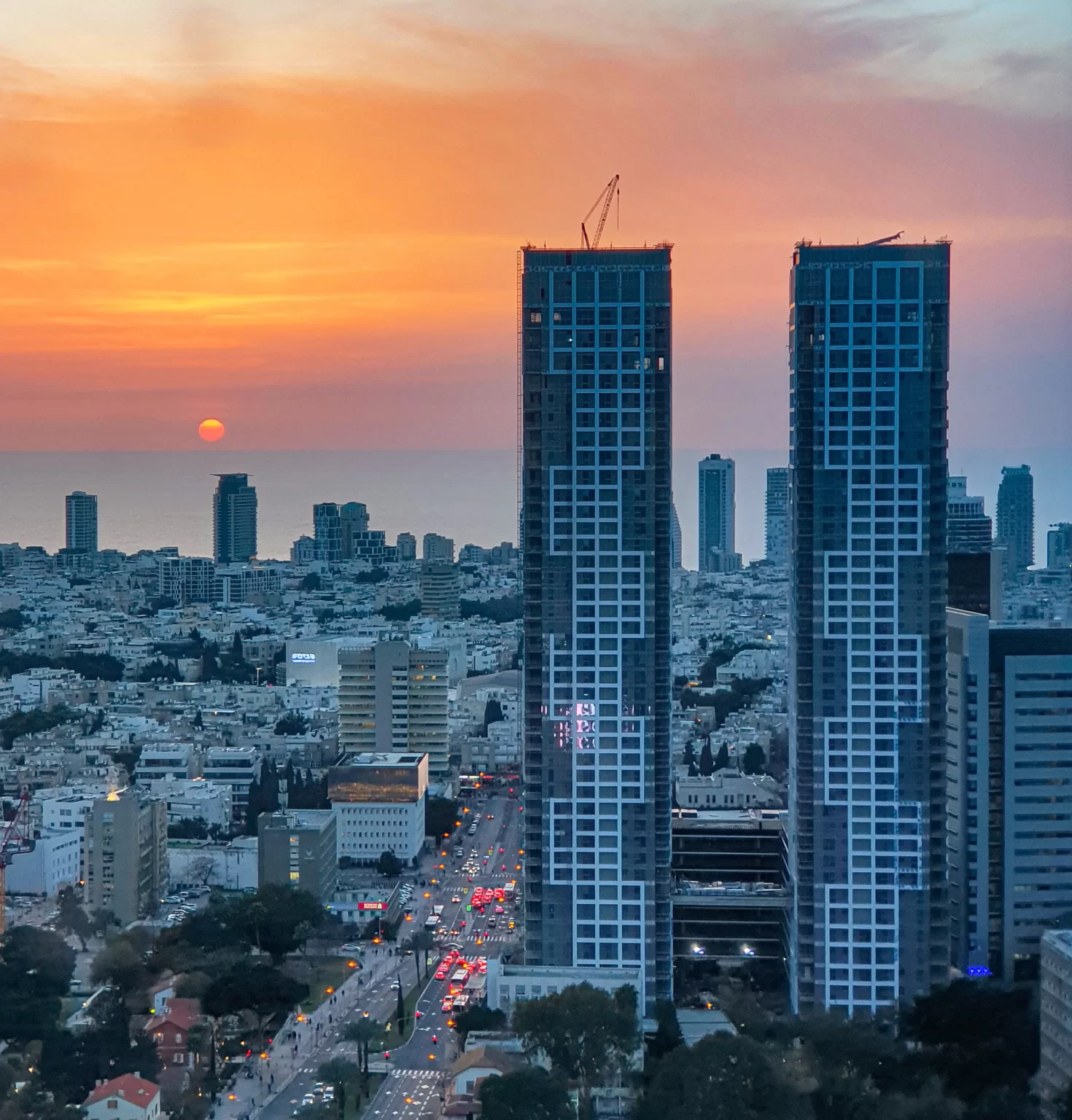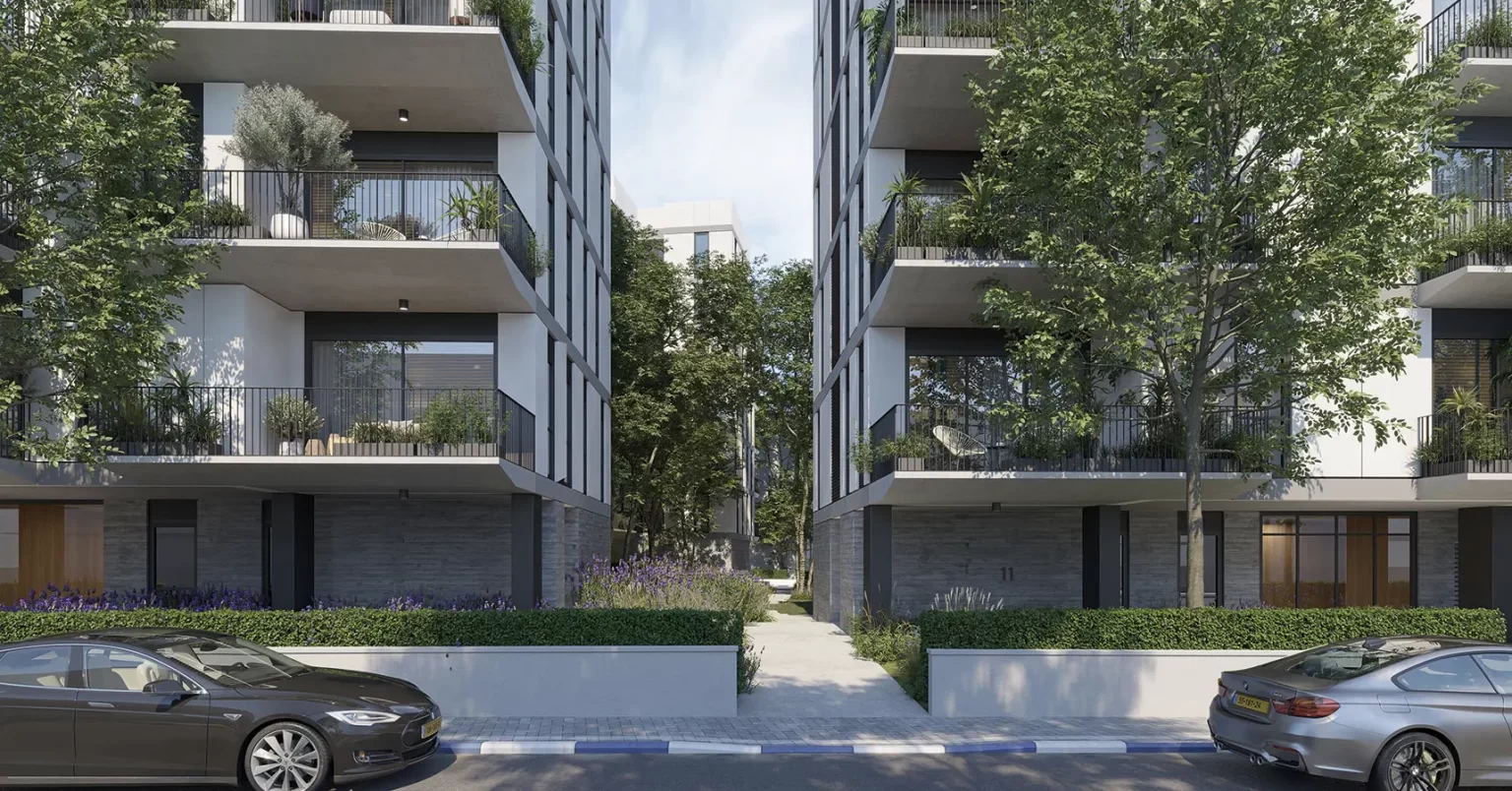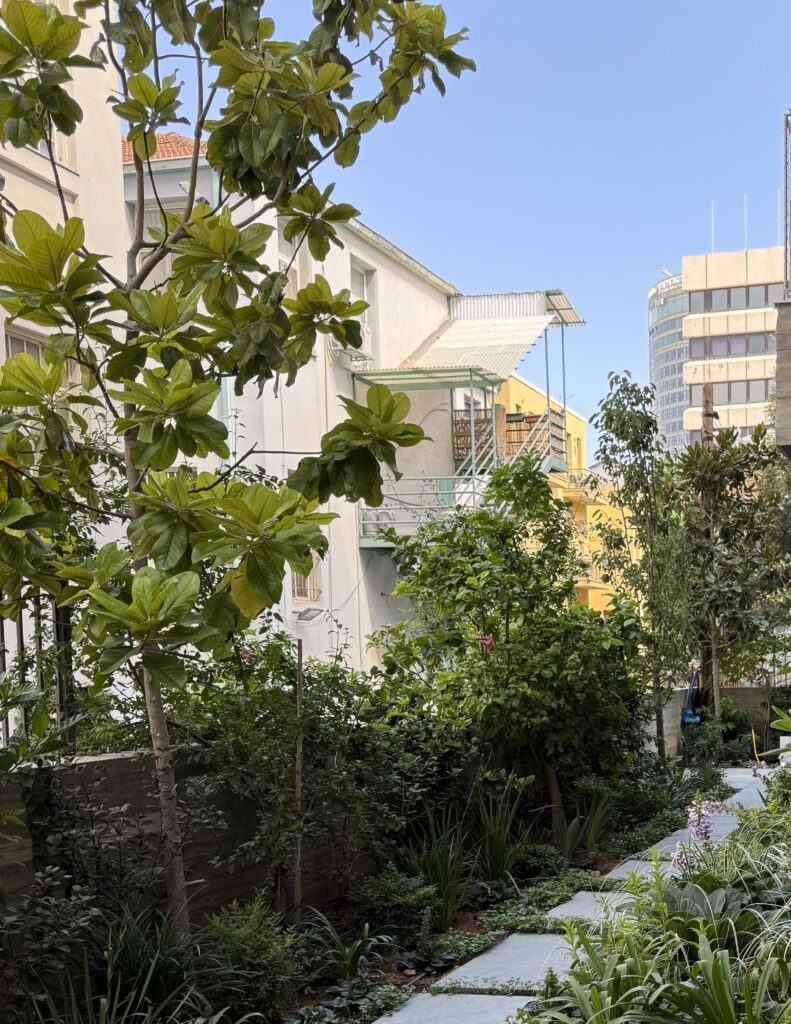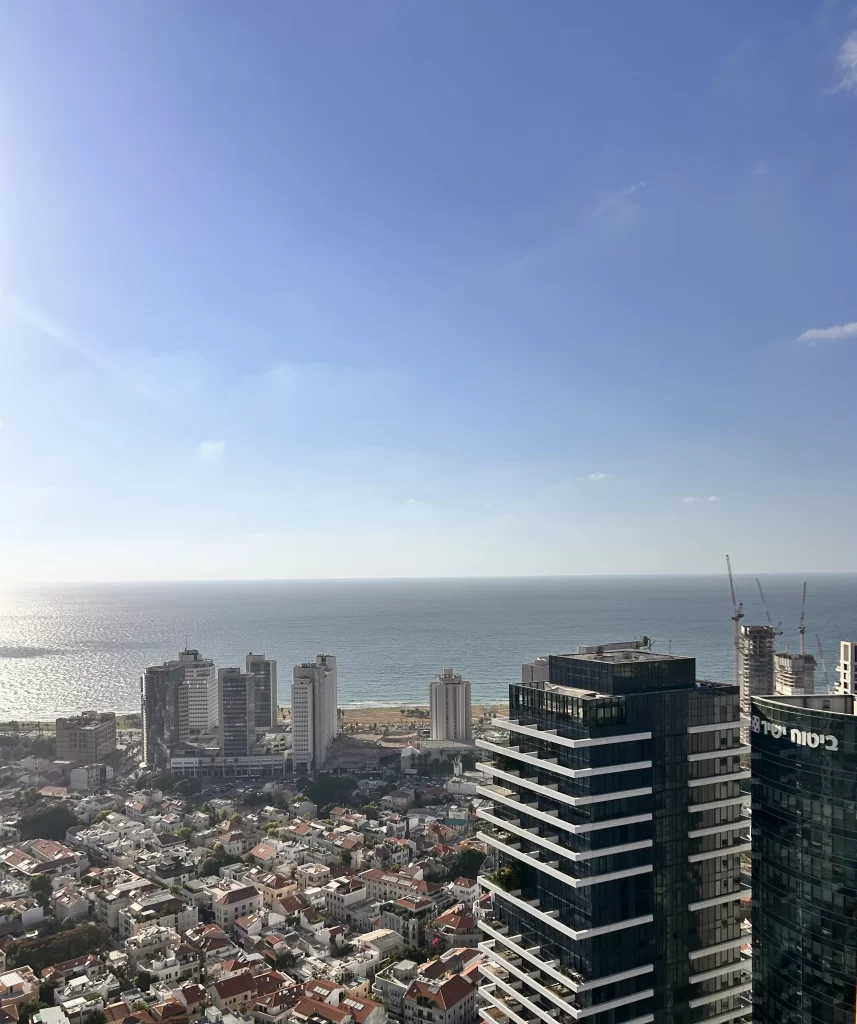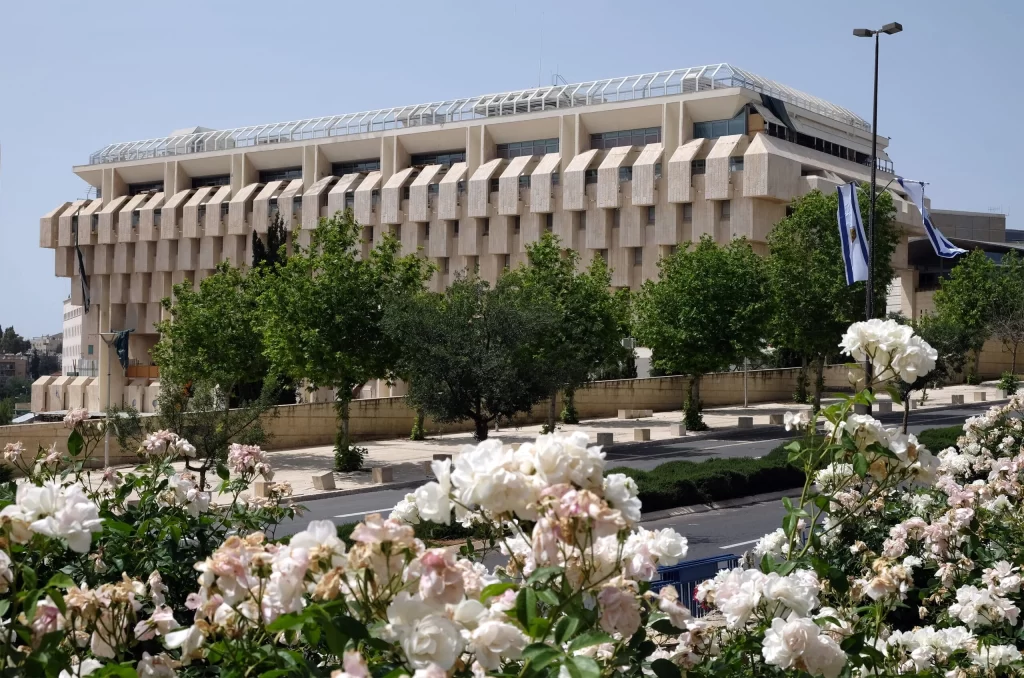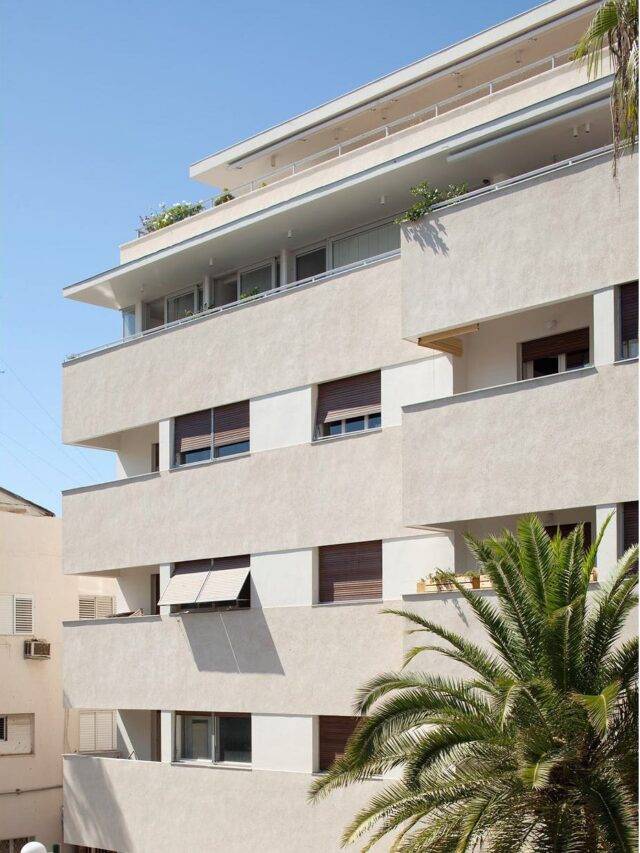Dreaming of Amsterdam
Tel Aviv cycle paths
Tel Aviv cycle paths
Tel Aviv cycle paths
Tel Aviv cycle paths
Tel Aviv cycle paths
Tel Aviv is no different than all other metropolitan cities when it comes to traffic congestion. Some would say it’s worse. If you’ve visited recently you will have noticed that the city is one big building site. The works of the metro are well underway, office towers and residential buildings are propping up at an astonishing pace. All that said, moving around in the city has become challenging and since we are blessed with eternal sunshine, biking has become the preferred means of transportation for a great number of Tel Avivians.
Unsurprisingly, the mayor, Ron Huldai, was re-elected, on the back of a bold Tel Aviv cycle paths agenda. Promising a substantial increase in lanes all round and through the city. That’s great news for most and a nightmare for others. The city is undergoing a major shift and priority is given to the more ecologically sensitive solutions. With the Tel Aviv cycle paths come a flurry of urban improvements such as parks and pedestrianised neighborhoods. A great example is the Park Hamesila in Neve Tzedek. A gorgeous promenade on the Ottoman era former rail tracks. Once a no man’s land where you’d be foolhardy to wander at night is now a beautifully landscaped lane, (no too dissimilar to New York’s High Line), where families gather to picnic and kids run free.
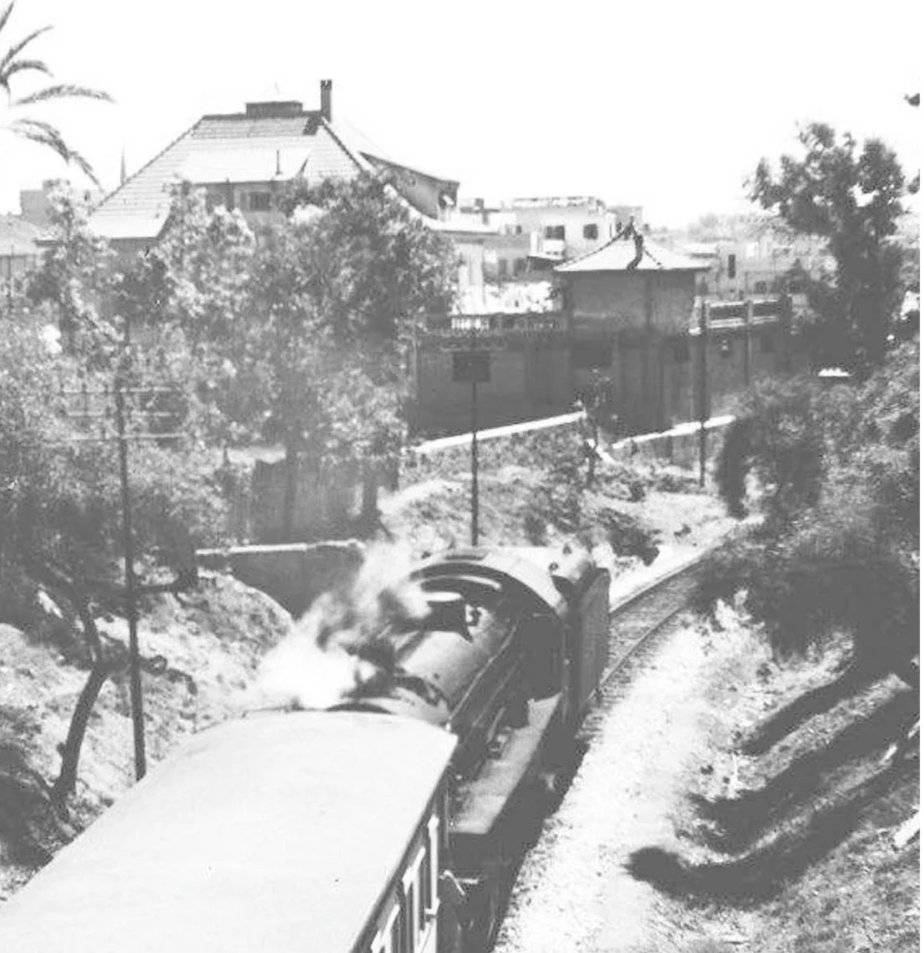
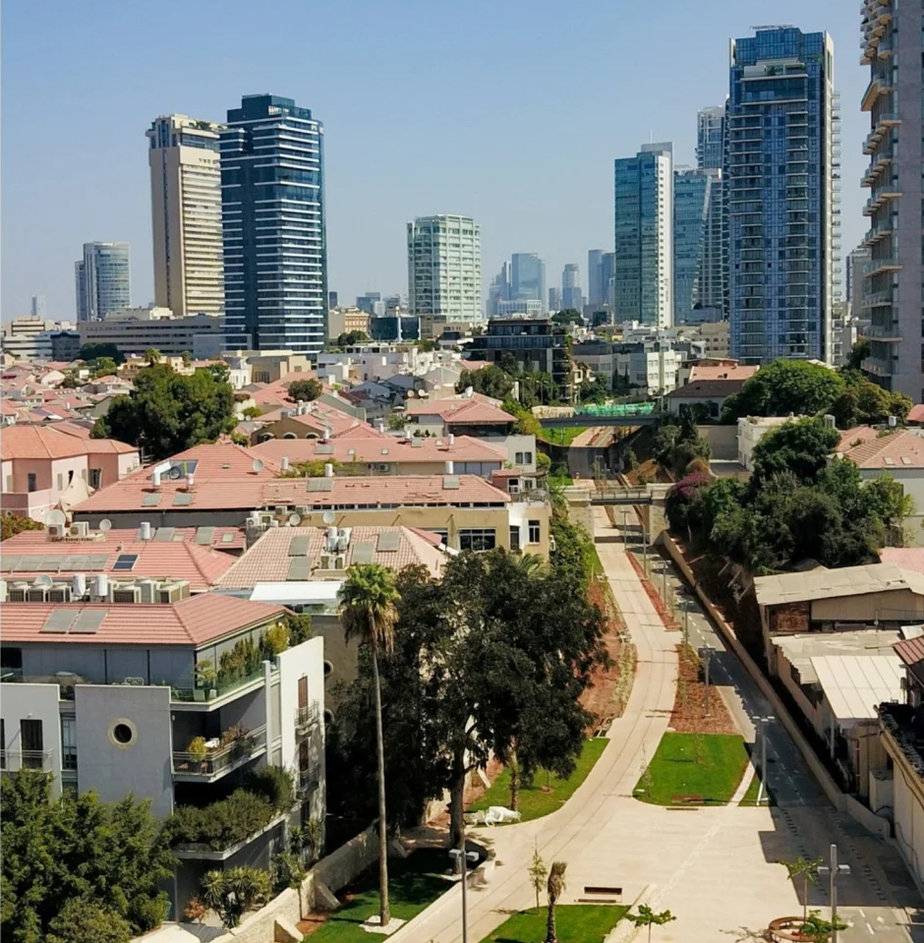
Tel Aviv-Yafo’s flat topography and comfortable climate make for a perfect environment to bicycle in. With the help of a bicycle you can get around the city through the fastest routes, without traffic or parking tickets. The Tel Aviv-Yafo Municipality has made it its top priority to encourage bicycle and scooter riding across the city. Cycling reduces parking issues, decreases traffic and gas expenses. It is cheaper, better for the environment and for the cyclists themselves as it improves fitness and increases bodily adrenaline levels. According to the recently passed ambitious plan , there will 283 kilometers additional cycle paths in Tel Aviv. The project is part of a national master plan aimed at raising the proportion of journeys made by bicycle to 10%.
By 2025, Tel Aviv cycle paths will be increased by 283 kilometers
Planned Tel Aviv Cycle Paths
Existing Tel Aviv Cycle Paths
All is not rosy though…
While were all patiently for the city to turn into a mediterranean bucolic version of Amsterdam, the widespread use of the infamous electric scooters has made leisurely strolling a nerve racking and life threatening activity. The Rothschild boulevard and the boardwalk both boast comfortably wide cycle paths. The small and narrow side streets, however have turned into war zones, where bikes, strollers, scooters, parked cars, pedestrians and cats struggle for their piece of the sidewalks… Like everything, the Tel Aviv municipality has a history of “crossing the bridge when they get there”, but eventually, whole neighborhoods have already drastically improved, especially in Florentine or Shapira.

The project is part of a national master plan aimed at raising the proportion of journeys made by bicycle to 10%.
On Monday, the Tel Aviv District Planning and Building Committee, headed by Eran Nitzan, will discuss the master plan for the Tel Aviv Cycle Paths. The plan, details of which have reached “Globes”, calls for the paving of 758 kilometers of cycling paths, and is one of several plans being promoted as part of a general national plan. The test, however, will be in the execution of the projects in the urban space at the expense of lanes for private cars and parking spots, something in which the Ministry of Transport has not excelled up to now.
The plan is meant to achieve the goals set for the breakdown of the use of different means of transport, according to which 12% of journeys in the Tel Aviv district should be by bicycle, which compares with 3% today. For Tel Aviv itself, the target is 20%, which compares with 7% today. For other local authorities in the district – Azor, Ramat Gan, Ramat Hasharon, Or Yehuda, Holon, Bat Yam, Herzliya, Kiryat Ono, Givatayim, Kfar Shmaryahu, and Bnei Brak – the targets are substantially higher than the current rate of use of bicycles. The planned 758 kilometers of cycling paths are in addition to the existing 251 kilometers, and mostly in Tel Aviv.
Tel Aviv Cycle Paths, Ramat Gan 69 kilometers, Herzliya 90 kilometers, Holon 75 kilometers, with the rest spread over the remaining local authorities. The paths will cross 146 bridges, some of them already in existence and some approved for construction, and the plan proposes adding another nineteen bridges for bicycles. The plan is based on surveys of existing traffic and forecasts of future demand.
Priority will be given to streets in which bicycle traffic is above the regional average, streets that will complement an efficient network of paths without dead ends and that connect to the Ofnidan network of long-range bicycle paths, and that have advanced planning status. The network’s coverage is meant to bring buildings within 250 meters of cycling infrastructure. Coverage on that basis will rise from 42% today to nearly 90%.
The existing rate of bicycle use varies widely between one local authority and another, with Tel Aviv in the lead by a long way. An international comparison presented in the plan shows Tel Aviv towards the top of cities promoting cycling infrastructure, but the rest of the Dan region lags far behind.
The plan was drawn up by the Ministry of Transport, the Planning Administration, and consultants Planet and Eshed, and is part of a more comprehensive national plan that sets out how many kilometers of cycle paths are required in the built-up areas in all of Israel. The budget estimate for the whole network is NIS 8 billion, divided into five-year portions, NIS 2 billion for each five-year period. This substantially raises the investment per capita in cycling infrastructure in Israel, and, unlike various other master plans, this one rests on a budget that has already been partly passed. Cycling networks for the other metropolitan areas – Haifa, Jerusalem, and Beersheva – will be derived from the national master plan, and a network will be completed to cover the central district.
The goal: Ten times more journeys by bicycle
The working assumption behind the national master plan is that it is possible to reach a proportion of 10% of journeys being made by bicycle, compared with just 1% today. The general rate at which bicycle paths are being paved in Israel is low, at just 32 kilometers annually, whereas in Tel Aviv cycle paths are being paved fairly rapidly; half the national total for 2020 was in Tel Aviv. To reach the national target of over 3,700 kilometers of cycle paths will cost nearly NIS 8 billion over twenty years. The budget for the next five years works out at about NIS 39 annually per resident, up from NIS 10 previously. In the leading cycling countries the budgets are higher, even though they already have well-developed cycle path networks. The UK, for example, invests about NIS 50 annually per resident in cycling infrastructure, Germany invests NIS 32-70, and the Netherlands NIS 138.
The plan represents a considerable advance in both planning and budgeting, but the test will be execution, in which the Ministry of Transport is weak, as demonstrated by many transport initiatives.
Even agreements with the local authorities are no guarantee of performance. In 2016, for example, the Ministry of Transport signed a series of agreements with local authorities on paving preferential traffic lanes for buses. Many of the authorities, however, caused difficulties at the execution stage, in some the mayor changed and policy along with that, and some simply started to wriggle out of the agreements. Another initiative is Ofnidan, which the Ministry of Transport undertook, unrealistically, to complete in 2021. In fact, the project is still incomplete, after being frozen during Miri Regev’s period as minister of transport.




